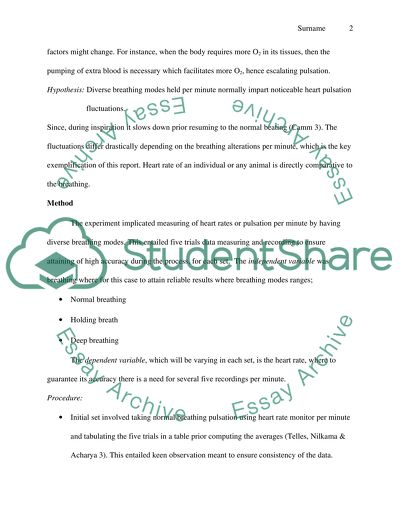Cite this document
(“What factors affect heart rate Lab Report Example | Topics and Well Written Essays - 1750 words”, n.d.)
Retrieved from https://studentshare.org/biology/1441672-what-factors-affect-heart-rate
Retrieved from https://studentshare.org/biology/1441672-what-factors-affect-heart-rate
(What Factors Affect Heart Rate Lab Report Example | Topics and Well Written Essays - 1750 Words)
https://studentshare.org/biology/1441672-what-factors-affect-heart-rate.
https://studentshare.org/biology/1441672-what-factors-affect-heart-rate.
“What Factors Affect Heart Rate Lab Report Example | Topics and Well Written Essays - 1750 Words”, n.d. https://studentshare.org/biology/1441672-what-factors-affect-heart-rate.


